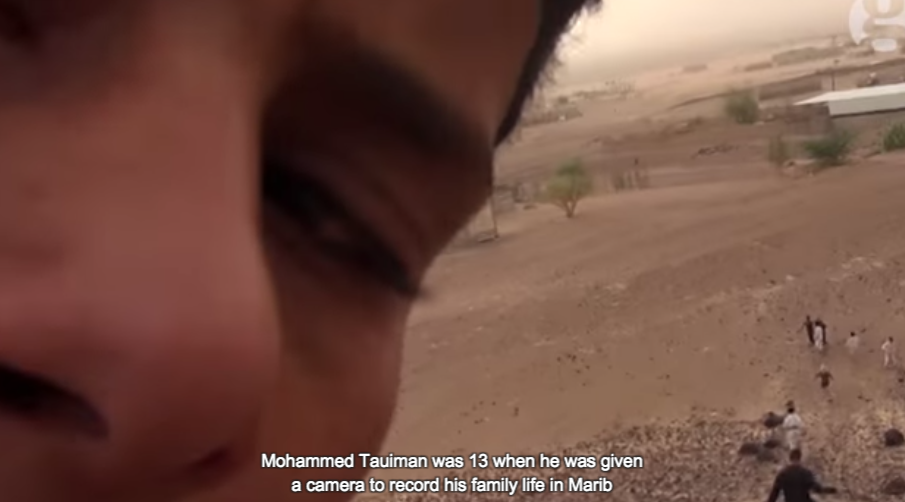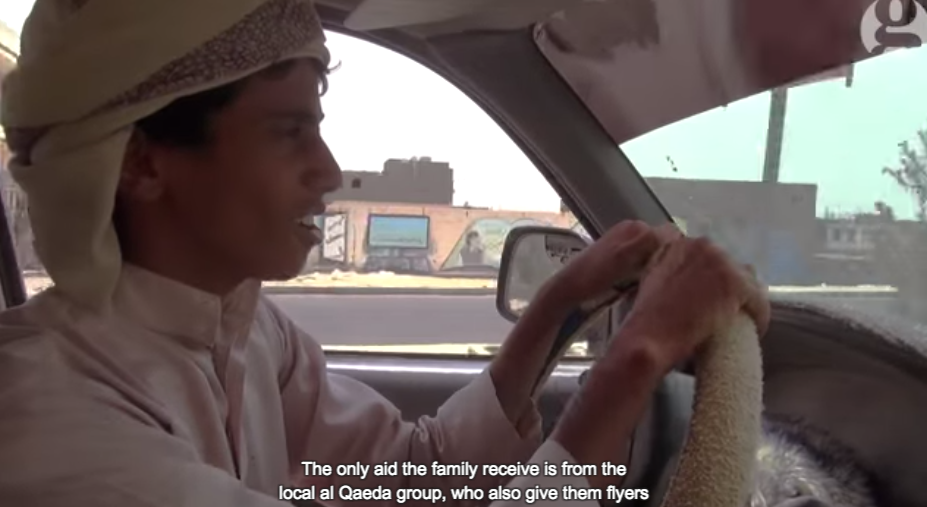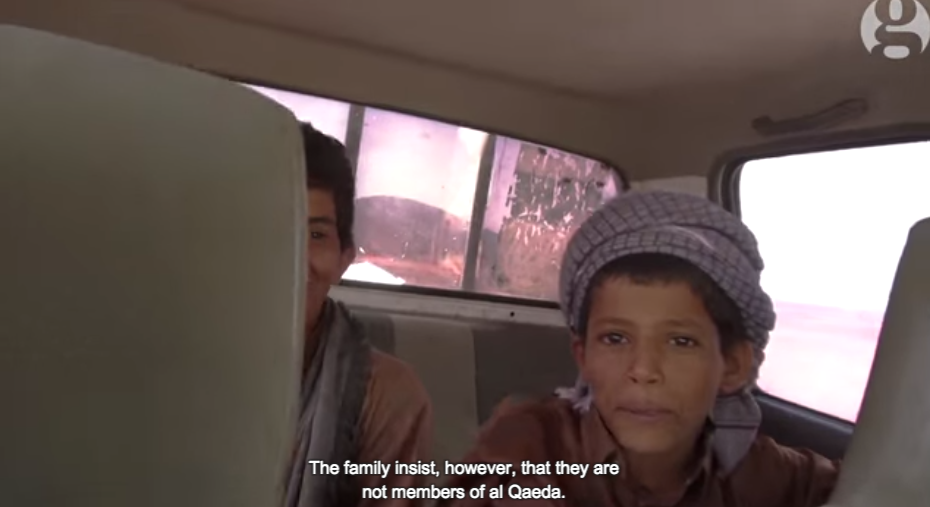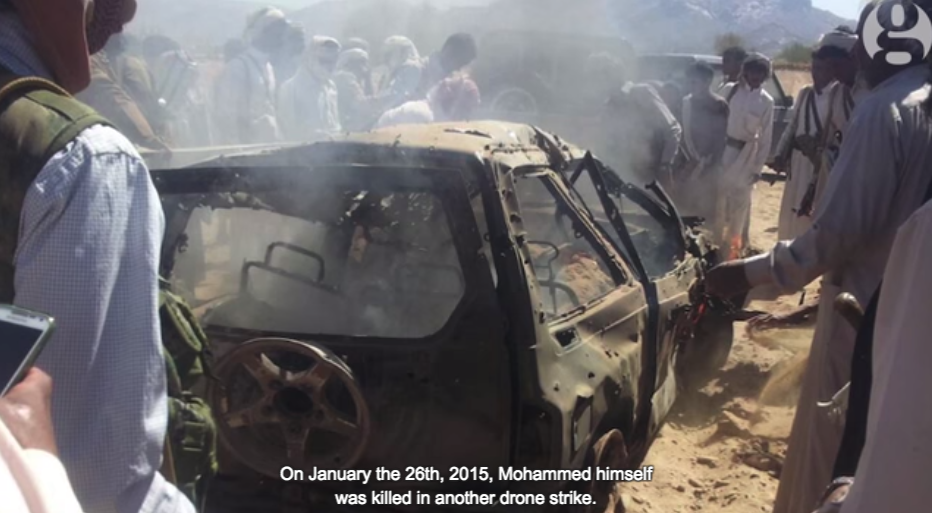Sandbox II
Contents
- 1 names
- 2 the silver fox does not remember
- 3 mingering mike the soul legend who never existed
- 4 blobs
- 5 dead water
- 6 generics
- 7 electricity
- 8 index pages
- 9 lermer carts
- 10 drones
- 11 crows
- 12 poo
- 13 social media management
- 14 paula on facebook
- 15 bridging on um2
- 16 photographs
- 17 kipple
- 18 discrete eigenvalues
- 19 Kaplan-Meier curves
- 20 Sites with nice design
- 21 resources
- 22 OpenSCAD
names
"I'm just one hundred and one, five months and a day." "I can't believe that!" said Alice. "Can't you?" the Queen said in a pitying tone. "Try again: draw a long breath, and shut your eyes." Alice laughed. "There's no use trying," she said: "one can't believe impossible things." "I daresay you haven't had much practice," said the Queen. "When I was your age, I always did it for half-an-hour a day. Why, sometimes I've believed as many as six impossible things before breakfast." Alice in Wonderland
"My name is Alice, but — " "It's a stupid name enough!" Humpty Dumpty interrupted impatiently. "What does it mean?" "Must a name mean something?" Alice asked doubtfully. "Of course it must," Humpty Dumpty said with a short laugh: "my name means the shape I am — and a good handsome shape it is, too. With a name like yours, you might be any shape, almost."
the silver fox does not remember
From that day onwards, the silver fox would live in a world of past memories, unaware that he had a problem forming new ones. By way of compensation, like many Korsakoff's sufferers, he would fill in gaps by confabulating plausible but nonetheless crazy stories. "I think i saw you at the ball park, " he might say to someone he had just met. "That hot dog was great, wasn't it?" The urge to fabricate experieneces probably grows out of a need to save face. Many alcoholics do it in the early stages of the sundrome, and while it is an intersting component of memory loss, it is not a necessary one. - 76, Reaching down the rabbit hole, allan ropper
mingering mike the soul legend who never existed
blobs
Ooo blob detect + kinect flow? Open frameworks or processing? touchdesigner no blob detection
dead water
A person in a boat going over the ocean shouldn't notice a difference between stratified fresh and saltwater and the regular sea — at first. Then, after a traveling normally for a little while through the layered water, their boat will slow, or even stop, seemingly without cause. As the sailor tries to maneuver the craft around, it will either fail to respond to their steering at all, or exaggerate their turns wildly. It will seem as though the boat is being held back, or pushed around, by powerful forces, but the surface of the ocean will remain calm and unchanging. Sailors who strayed into stretches of water like this call it "dead water."
generics
a series of mundane, forgotten objects painted in such precise detail they look like photographs
electricity
Professor Henry of Princeton. Joseph Henry, an independent discoverer of electromagnetic induction under the form of self-induction-a varying current inducing back electricity on itselfconstructed a shock machine by interrupting the current from a voltaic cell through a long ribbon of copper rolled up into a spiral. An assistant-you may call him victim, patient or accomplice according to your mood:'--held two metal handles in his hands, the handles being in contact with the ends of the copper tape. When Henry broke the battery circuit by simply rubbing one of the terminals on a file, the collaborator got a shock. A
index pages
This woman—whilst in the midst of writing her index—realized that she thought the process quite boring, and labored to finish the last few pages of her mundane text ladened time capsule."
lermer carts
Dear Mr. “Ask the Pilot”: I am a Private Pilot in the USA with about 500 hours. This is not the reason for my letter. In the early 1990’s when I was discharged from the US Navy, I went to work for an Airline Catering Company out of Boston, MA / Logan International call “Marriott in-flite Services. My job position was to cater commercial airlines. Later I was promoted to Airline Coordinator and my duties were to check and inspect that all catering items were aboard the Aircraft before departure. My focus was the 5 Trans-Atlantic Flight from BOS-LGA; 747-200, BOS-GLA, BOS-AMS, BOS-CDG, BOS-AMS and BOS-FRA: all DC-10-40 Aircraft. I also catered 767’s, The SST Concorde, Airbus 340, 747-400’s et al. the DC-10 in comparison to B-777 is a pretty good comparison. NWA Flew 38 First and 256 Y Class PAX with a Crew of 12-15. Now I am thinking of all the equipment, Lermer carts and trays, Plastic cups, foam cups, stir sticks, napkins, ovens, plastic food ware, cardboard boxes, duty free items, half filled liquor bottles will float along with all the other aircraft equipment. Now with all that equipment and galley nomenclature; investigators and searches haven’t even found a G-Damn Bloody STYROFOAM CUP! Not one cup, cart, napkin, tray liner, plastic flatware has washed up anywhere. NOT ONE has washed up on an Aussie or Kiwi Beach, or countries in the Northern IO. I mean WTF? There are literally thousands of cups on these planes.
- exploding toilet story - http://www.askthepilot.com/essaysandstories/the-exploding-toilet/
drones
A 13-year-old boy killed in Yemen last month by a CIA drone strike had told the Guardian just months earlier that he lived in constant fear of the “death machines” in the sky that had already killed his father and brother.
“I see them every day and we are scared of them,” said Mohammed Tuaiman, speaking from al-Zur village in Marib province, where he died two weeks ago.
“A lot of the kids in this area wake up from sleeping because of nightmares from them and some now have mental problems. They turned our area into hell and continuous horror, day and night, we even dream of them in our sleep.”
Much of Mohammed’s life was spent living in fear of drone strikes. In 2011 an unmanned combat drone killed his father and teenage brother as they were out herding the family’s camels.
The drone that would kill Mohammed struck on 26 January in Hareeb, about an hour from his home. The drone hit the car carrying the teenager, his brother-in-law Abdullah Khalid al-Zindani and a third man.
“I saw all the bodies completely burned, like charcoal,” Mohammed’s older brother Maqded said. “When we arrived we couldn’t do anything. We couldn’t move the bodies so we just buried them there, near the car.”
crows
The crows would clear the feeder of peanuts, and leave shiny trinkets on the empty tray; an earring, a hinge, a polished rock. There wasn't a pattern. Gifts showed up sporadically - anything shiny and small enough to fit in a crow's mouth.
One time it was a tiny piece of metal with the word "best" printed on it. "I don't know if they still have the part that says 'friend'," Gabi laughs, amused by the thought of a crow wearing a matching necklace.
When you see Gabi's collection, it's hard not to wish for gift-giving crows of your own.
poo
Leo Schilts 20h ago
Guardian Pick
Anyone who has been to Nepal will know that the piles of filth and excrement everywhere are not caused by tourists. They should adopt this jingle as the city's motto; ' Welcome to Kathmandu, please do not step in the poo.'
The Kalophul bridge over the Dhobi kola in Kathmandu during the dry season is an olfactory experience which has the power to recalibrate your glomerulus. Contemplating the source of its indescribable foulness induces such deep revoltion for the human body it can lead to a lifelong commitment to celibacy, explaining the prevalence of monasteries in the area. I describe it as a stench which is so intense it goes beyond awful and becomes spiritual.
Anyone contemplating a visit to the subcontinent should consider that 700 million people defecate in the open every day. As dawn blushes the golden mountains with its rosey rays, millions of anuses release to deposit fresh mountains of excrement on every road side, behind every tree, in vegetable patches, on footpaths. Every breath inhales dried and powdered human feces and black soot.
Pollution in Kathmandu is beyond imagination, many times in excess of WHO safe levels for particulate matter, organic and inorganic. A few months there can induce the early stages of COPD. The authorities' solution to a lack of garbage collection services is to allow piles of plastic rubbish to be burned in the streets each morning. To clean up plastic rubbish in the (once) beautiful mountain viewing resort of Nagakot, the only place where once you could escape to breath fresh air, it is now collected and burnt resulting in a perpetual cloud of acrid, poisonous smoke. Even where garbage collection takes place, corrupt officials sell the contract to gangsters who simply dump the waste directly into the sacred Bhagmati river.
Food and drinking water are contaminated with everything from banned pesticides and heavy metals to hepatitis, typhoid and cholera. Nepal is the kingdom of cholera, their UN peacekeepers even gave it to the Hatians when they went there to prevent the post-earthquake violence. The cholera they brought killed more people than the violence. But this is never reported in the Nepali media, the word cholera is replaced with 'viral fever' when reporting on outbreaks. They have varieties of cholera for which there is no vaccine.
One nauseating image sticks with me. The little children playing in the river at Guhyeshwari near Pashupati a few meters downstream from the sewage treatment plant outlet. Guhyeshwari (secret godess) ought now be renamed Gooishwari (poo godess).
Fining tourists for the Nepali government's own failure is typical shameless profiteering from one of the most corrupt regimes in the world, 126 out of 175 in decending order on Transparency International's corruption perception index. Don't be fooled into imagining that money actually goes to remedying the problem. In the 60 years since development programs began in Nepal precisely nothing has been achieved except to enrich the corrupt and venal elite and devestate the cultural and natural environment.
social media management
The next story is about a PR called Justine Sacco who, in December 2013, at Heathrow airport, tweeted to her 170 followers this ill-advised joke: “Going to Africa. Hope I don’t get Aids, Just kidding. I’m white!” By the time she got off the plane at Cape Town she was at the centre of a Twitter storm, reviled as racist, Googled 1,220,000 times in the next 11 days. She lost her job and fell into despair, unable to see how she could ever reclaim her good name. Ronson begins worrying more seriously about such shaming: “I’d piled in on plenty of people like Justine. I’d been beguiled by the new technology — a toddler crawling towards a gun.”
Next he follows up the case of Lindsey Stone, a caregiver, who liked to take stupidly provocative photos of herself, smoking in front of a no-smoking sign and so forth. In October 2012 one such picture, posted on Facebook, showed her yelling and giving the finger in front of a sign in Arlington Cemetery calling for “Silence and Respect”. She too was viciously hounded and lost her job. Ronson fixes her up with a reputation-management company that massages her online profile, putting out a plethora of good news about her (liking cats and ice cream) that pushes the bad news off the first search page — 89 per cent of people never looking beyond that — as well as helpfully confusing her identity with other Lindsey Stones.
DD: when i read this i thought that maybe the whole article was a clever pr stunt to confuse lindsey stone news with metanews about lindsey stone
paula on facebook
I didn’t respond to this post or any of her others. I didn’t feel comfortable offering her advice. It felt intrusive, like showing up on her doorstep unsolicited with a box of canned goods and elbowing my way into her home after a decade of silence. After all, who was I – a woman she barely knew – to comment? It felt too obtrusive, too intimate. But that didn’t keep me from turning her into an object of my pity.
“Has it occurred to you that Paula feels the same way about you?” my friend asked one night drunkenly over our second bottle of red wine.
It had not occurred to me. What did Paula even know about me? I went home and took grim inventory of my own Facebook account. I posted rarely — the occasional article worth reading, the smattering of published works I’ve created, the random photo. My profile spoke mostly to travel, an identity I’ve conjured up in an effort to stem the fear of sticking around in one place too long, of committing myself to something or someone indefinitely. The photo of me petting a cheetah in South Africa said, “I laugh at danger”; the photo of me walking on a glacier in South America said, “I am an explorer similar to, though possibly better than, Magellan,” and the photo of me sipping wine in some unnamed foreign country suggested, “I do worldly things. I am worldly.” It was the identity I wanted, even if it was an identity I had not actually earned.
And if it weren’t for Facebook, I couldn’t so easily cultivate this identity. People certainly wouldn’t guess it by looking at me. “Oh she is very well-traveled. Do you see the way her hair curls at the ends? Cosmopolitan all around.” I honed this image, and this happened all the time. Once, at a party, I watched a girl commandeer a hapless passerby into taking her picture. “I’m going to pretend to be annoyed. Take my picture,” she demanded, raising her lip in a sneer that suggested, “Even when I’m annoyed I’m still really cute.” She posed for dozens of photos, her face twisting from joyous to bewildered to angry to sad. It was a photo shoot – she would later post the photos on Facebook — to show the world she was having fun. That was just who she was: someone who loved fun.
Maybe I don’t need to tell you this. Maybe you’ve seen it all before on your own Facebook feed: the girls posting selfies, their breasts toppling out of the confines of tight t-shirts, their faces plastered with fish-lips-cum-sex-pot death-stares, the captions to their photos designed before the picture was even snapped. They seek admiration and approval, and they long for a connection with others. Paula doesn’t flaunt it in the same way, but she craved attention and connection that reached beyond the keyboard, too. The dark side of me – the side I share only with those who have pledged their unconditional love – thought she was too stupid to notice that her life looked like a condemned building and that the wrecking ball was coming swinging.
But maybe, maybe I’m wrong. Maybe Paula – Paula, whose suffering made my own life seem blissful – was strong enough not to care what other people thought.
http://www.salon.com/2012/11/20/her_facebook_disaster_show/
bridging on um2
The trick is to slow the bridging speed to 28mm/sec, use a flow ratio of 0.85 and to tweak the temperature very carefully. 2 degrees celsius makes a difference.
photographs
kipple
Kipple is useless objects, like junk mail or match folders after you use the last match or gum wrappers of yesterday's homeopape. When nobody's around, kipple reproduces itself. For instance, if you go to bed leaving any kipple around your apartment, when you wake up the next morning there's twice as much of it. It always gets more and more.
No one can win against kipple, except temporarily and maybe in one spot, like in my apartment I've sort of created a stasis between the pressure of kipple and nonkipple, for the time being. But eventually I'll die or go away, and then the kipple will again take over. It's a universal principle operating throughout the universe; the entire universe is moving toward a final state of total, absolute kippleization.
discrete eigenvalues
The self-adjoint cat operator has discrete eigenvalues.
Kaplan-Meier curves
http://www.nytimes.com/2014/01/25/opinion/sunday/how-long-have-i-got-left.html?_r=0
AS soon as the CT scan was done, I began reviewing the images. The diagnosis was immediate: Masses matting the lungs and deforming the spine. Cancer. In my neurosurgical training, I had reviewed hundreds of scans for fellow doctors to see if surgery offered any hope. I’d scribble in the chart “Widely metastatic disease — no role for surgery,” and move on. But this scan was different: It was my own.
I have sat with countless patients and families to discuss grim prognoses: It’s one of the most important jobs physicians have. It’s easier when the patient is 94, in the last stages of dementia and has a severe brain bleed. For young people like me — I am 36 — given a diagnosis of cancer, there aren’t many words. My standard pieces include “it’s a marathon, not a sprint, so get your daily rest” and “illness can drive a family apart or bring it together — be aware of each other’s needs and find extra support.”
I learned a few basic rules. Be honest about the prognosis but always leave some room for hope. Be vague but accurate: “days to a few weeks,” “weeks to a few months,” “months to a few years,” “a few years to a decade or more.” We never cite detailed statistics, and usually advise against Googling survival numbers, assuming the average patient doesn’t possess a nuanced understanding of statistics.
People react differently to hearing “Procedure X has a 70 percent chance of survival” and “Procedure Y has a 30 percent chance of death.” Phrased that way, people flock to Procedure X, even though the numbers are the same. When a close friend developed pancreatic cancer, I became the medical maven to a group of people who were sophisticated statisticians. I still dissuaded them from looking up the statistics, saying five-year survival curves are at least five years out of date. Somehow I felt that the numbers alone were too dry, or that a physician’s daily experience with illness was needed for context. Mostly, I felt that impulse: Keep a measure of hope.
These survival curves, called Kaplan-Meier curves, are one way we measure progress in cancer treatment, plotting the number of patients surviving over time. For some diseases, the line looks like an airplane gently beginning its descent; for others, like a dive bomber. Physicians think a lot about these curves, their shape, and what they mean. In brain-cancer research, for example, while the numbers for average survival time haven’t changed much, there’s an increasingly long tail on the curve, indicating a few patients are living for years. The problem is that you can’t tell an individual patient where she is on the curve. It’s impossible, irresponsible even, to be more precise than you can be accurate.
Sites with nice design
- http://dirtyartdepartment.com
- http://itsourplayground.com/
- http://www.lust.nl
- http://ransmeier.com/
- http://mfa.dma.ucla.edu/
- http://www.strelka.com/
- http://www.offprintprojects.com/
- http://www.clarabahlsen.com/
- http://www.milieugrotesque.com/
- http://ep-residency.org/hoyerswerda/program/
- http://id-a.ch/
- http://v-o-i-d.de/
- http://www.babel-type.eu/
- http://www.bizzarri-rodriguez.com/
- http://www.basedinberlin.com/
- http://www.babakradboy.com/
- http://www.isdat.eu/ebat
- http://www.futurneue.cc/
- http://www.addmeasafriend.de/
- http://yalegraphicdesign.info/
- http://naasner.com/
- http://www.maximage.biz/
- http://www.2xgoldstein.de/index.php?m=3
- http://charlesnegre.com/
- http://www.manuelbuerger.com/bwpwap
- http://www.hit-studio.co.uk/
- http://daniellorch.de/
- http://alepheternity.com/
- http://123buero.com/projects/
- http://berlinartprize.com/
- http://www.isabelle-gehrmann.de/
- http://www.tobiaswenig.com/
- http://juerglehni.com/
- http://www.ecal.ch/fr/2249/formations/propedeutique/projets-workshops/atelier-image
- http://www.kw-berlin.de/de/
- http://www.afrika.to/#Neue Menschen
- http://www.janenrandoald.be/
- http://www.klassehickmann.com/
- http://www.ordinarinessandlight.eu/
- http://roelwouters.com/
- http://www.reliablecommunications.net/
- http://lukasschneeberger.com/
- http://o-o-o-o.co.uk/
- http://www.mplusmatters.hk/artworkdocumentation/#/en/intro
- http://www.aplusa.it/en
- http://www.translations-symposium.de/translations04/
- http://www.callfortype.de/
- http://2013.integratedconf.org/
- http://www.interactiefarnhem.nl/
- http://www.ourpolitesociety.net/
- http://www.esad-gv.fr/fr/recherche/
- http://isamelsheimer.com/
- http://www.sense-objects.com/
- http://physicsroom.org.nz/
- http://www.binderij.rietveldacademie.nl/
- http://www.bienalebrno.org/en/Index
- http://www.danielsannwald.com/
- http://art.yale.edu/GraphicDesign
- http://www.cox-grusenmeyer.com/
- http://www.ynkim.com/
- http://www.susanbuckmorss.info/
- http://www.otolithgroup.org/index.php?m=catalogue&sc=curatorial
- http://www.turbo-turbo.com/pages/studio/
- http://berlin.rietveldacademie.nl/it_aint_over_till_its_over/
- http://www.gerritrietveldacademie.nl/nl/
- http://futuregallery.org/
- http://mainstudio.com/
- http://go-wander.org/
- http://www.brusatto.be/#/show/pages/about
- http://www.akatre.com/
- http://catalogtree.net/
- http://www.bivgrafik.ch/
- http://www.defabriekeindhoven.nl/year/2009/
- http://www.researchanddevelopment.se/
- http://worldrehearsalcourt.com/exhibition/floorplan
- http://www.studiovonbirken.com/
- http://www.flowfestival.com/
- http://www.futurneue.cc/
- http://www.moma.org/interactives/exhibitions/2008/elasticmind/
- http://www.studioweave.com/news/writing/
- http://www.zheeklayprinting.co.uk/
- http://www.fifthcolumn.co.uk/tshirt-printing-prices
- http://lilidesbellons.com/Muro-10
timeline
Sol LeWitt laid out the terms for conceptual art in his seminal “Paragraphs on Conceptual Art,” published in the June 1967 issue of Artforum. “In conceptual art the idea or concept is the most important aspect of the work,” LeWitt wrote. “When an artist uses a conceptual form of art, it means that all of the planning and decisions are made beforehand and the execution is a perfunctory affair.” That planning is, essentially, a set of strategies.
OBJECTS 14 to 20: IP02 "Technicians from the National Radiological Protection Board (NRPB) have found a collection of bizarre objects in a house in West London."
"All of the objects are designed to alert the owner to various forms of electromagnetic radiation, and shield the occupants from its effects."
"They seem to have been built as the result of a mis-reading of a 1989 report: 'Guidelines as to restrictions on exposure to time varying electromagnetic fields.'"
"Specialists have pointed out that although most of the devices do not provide physical protection they almost certainly do offer psychological protection and may in fact postpone the onset of acute paranoia currently affecting so many people following controversial articles in the press."
deep peep
- http://www.makeuseof.com/tag/10-search-engines-explore-deep-invisible-web/
- http://museum-api.pbworks.com/w/page/21933420/Museum%C2%A0APIs
- http://historyofart.okmylo.com/
- http://program.dh.ucla.edu/getty/index.php/museum-digital-projects/
https://staff.fnwi.uva.nl/t.e.j.mensink/publications/mensink14icmr_poster.pdf
A chaotic system to help you find things you didn't know you were looking for
Get in touch to talk about working together
We all have them. They are fragile, regularly neglected and at risk of loss. People tend to manage them when faced with a crisis (eg: computer virus), problem (eg: running out of storage space) or life changing event (eg: moving house or job). We as digital archivists need to be able to advise individuals on how to manage their own digital archives in the hope that the material will survive long enough to be deposited within an archive in the future if appropriate.
Both her and Gabriella made the point (that I had only been partially aware of) that people tend to place less value on digital than physical things, that the born-digital is seen as less important than something you can more easily see or hold. I appear to be guilty of this myself I realise. Every year I take hundreds of digital photographs which I store on my computer. These are of high value to me. They provide a record of my life and my family and I want to keep them so that I and subsequent generations can look back on them. Despite the high value I place on them I don’t back them up as often as I should and have even been known to lose some (see previous confession).
"visual examples of digital preservation challenges, failed renderings, encoding damage, corrupt data..."
Digital Preservation Coalition day of action on collaborative approaches to digital archiving (and file format identification in particular) jokingly subtitled 'Bring out your Dead'.
resources
OpenSCAD
- https://williamaadams.wordpress.com/2011/05/12/mr-bezier-goes-to-openscad/
- https://www.3dhubs.com/talk/thread/best-printing-practices-ultimaker
- http://en.wikibooks.org/wiki/OpenSCAD_User_Manual/Conditional_and_Iterator_Functions
- http://en.wikibooks.org/wiki/OpenSCAD_User_Manual/2D_to_3D_Extrusion
- http://en.wikibooks.org/wiki/OpenSCAD_User_Manual/STL_Import_and_Export








